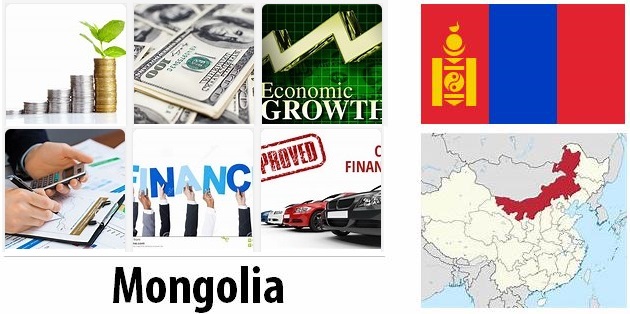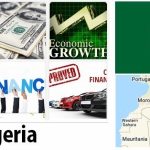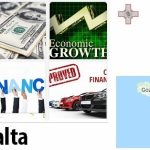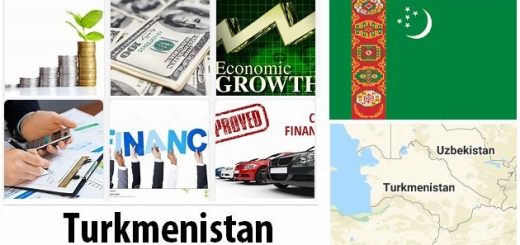Mongolia Economy Facts
Economical overview
When Mongolia became free of Soviet influence in the early 1990s, a rapid transition to market economy was made. A modern monetary economy was gaining momentum in the cities, while the countryside largely continued with traditional self-management and barter. In recent years, the economy has flourished as a result of growing mining exports and large foreign investment. However, the benefits have not been shared, and poverty is still widespread in rural areas and in urban slums.
Up to the 1960s, the country’s economy was based almost exclusively on livestock farming. Then, however, an industrial sector, mainly food production, began to develop. In the 1970s, mining was also started, which has become Mongolia’s most important export industry.
- Countryaah.com: Major imports by Mongolia, covering a full list of top products imported by the country and trade value for each product category.
Following the fall of the Communist regime in the early 1990s, Mongolia lost the financial support of the Soviet Union. The support periodically amounted to close to one-third of gross domestic product (GDP). The economy underwent a “shock therapy” with privatizations, a currency reform and liberalized price and wage setting. The Mongolian currency, tugrik, fell in value. Inflation and unemployment rose, while living standards dropped drastically. Many people who had previously had paid employment in the industry returned to livestock management. The share of industry in GDP decreased while the share of agriculture increased.
By the mid-1990s, development was reversing and GDP growing at an average of 3 percent per year between 1994 and 1999. However, the financial crises in Asia and Russia in the late 1990s hit hard on Mongolia, at the same time as the price of copper fell and the country suffered drought that seriously damaged livestock.
In order to cope with the economic downturn and avert famine, Mongolia chose to tighten the economy and receive loans and disaster relief from abroad. As the livestock tribe recovered and the price of copper and gold rose, economic growth gained new momentum. After several years of shrinking economy, GDP increased by an average of 9 percent annually in 2004-2008. The good growth led to more social benefits and increased wages, but also to rising inflation. Higher prices for fuel and food have boosted inflationary pressure. In 2006, inflation was 10 percent and in 2008 it had risen to 40 percent.
- Abbreviationfinder.org: Check this abbreviation website to find three letter ISO codes for all countries in the world, including MNG which represents the country of Mongolia. Check findjobdescriptions to learn more about Mongolia.
In the wake of the global financial crisis that erupted in the autumn of 2008, the Mongolian economy slowed sharply. The main reasons were falling world market prices of raw materials produced in the country and reduced growth in the important exporting country China. The economy was subjected to further stress in 2009–2010 when drought and extreme cold knocked out a large part of the livestock population (see Modern history).
Since 2010, growth rates have been around 10 percent and at times, Mongolia has been one of the strongest growing economies in the world. A driving force has been the great foreign interest in extracting Mongolia’s large mineral resources. It was primarily about investments in the gold and copper mine Ojuu Tolgoj in the Gobi Desert, as well as in the large coal deposits in Tavan Tolgoj. Large investments have also been made in infrastructure, including major railway construction for freight transport.
But since 2012, the proportion of foreign investment has decreased, partly as a result of mistrust of corruption and unclear regulations.
In 2003, Russia wrote off almost the entire $ 11 billion debt that Mongolia has had since the Soviet era. Foreign debt stood at $ 1.9 billion in 2009, but has since increased sharply. In 2013, it had risen to more than $ 15 billion, representing 7.5 percent of exports of goods and services.
FACTS – FINANCE
GDP per person
US $ 4,104 (2018)
Total GDP
US $ 13,010 million (2018)
GDP growth
6.9 percent (2018)
Agriculture’s share of GDP
10.9 percent (2018)
Manufacturing industry’s share of GDP
9.2 percent (2018)
The service sector’s share of GDP
40.0 percent (2018)
Inflation
9.0 percent (2019)
External debt
US $ 28 199 million (2017)
Currency
tugrik
Assistance per person
US $ 248 (2017)













